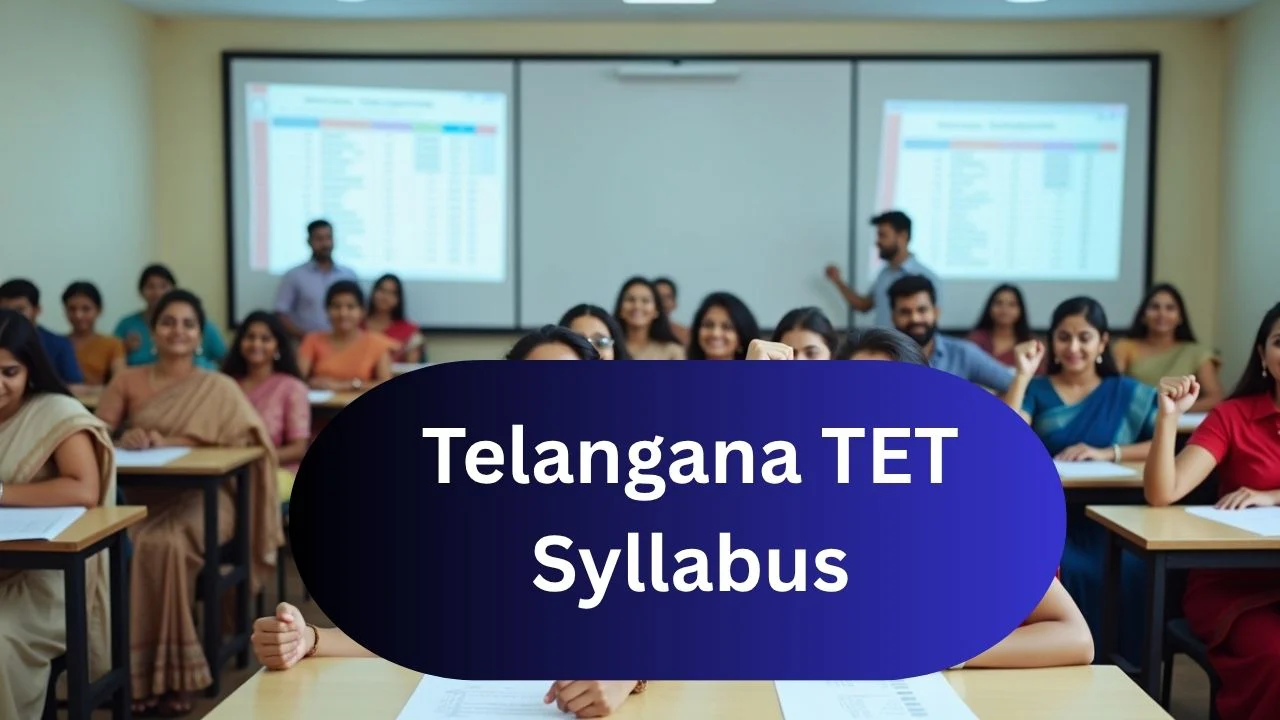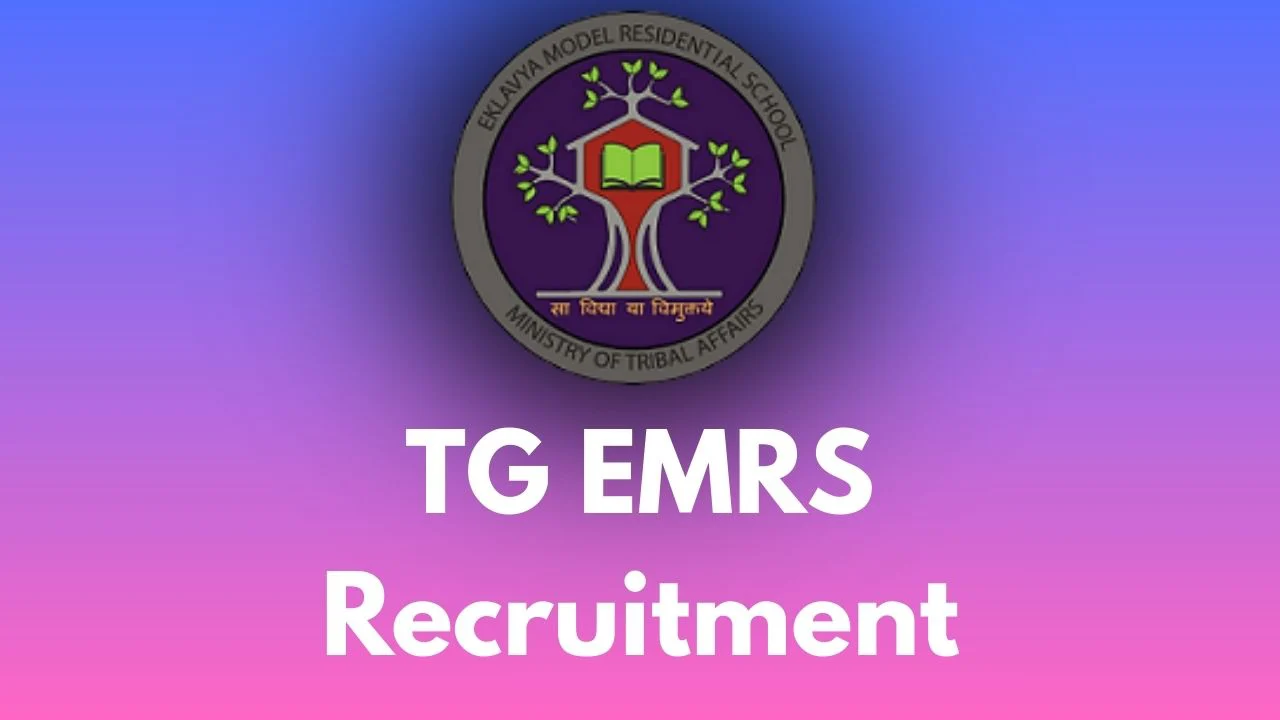TSPSC Health Assistant Syllabus 2020
TSPSC issued the employment Notification of TSPSC Health Assistant Recruitment 2020 for all the interested candidates. The TSPSC Health Assistant Syllabus and Exam Pattern details we mentioned in this web page. A few vacancies are left over for this TSPSC Health Assistant posts. TSPSC decided to fill the Health Assistant posts for the interested candidates. Every year a vast number of applicants were applied for this post. This year also a huge number of aspirants were applied for this TSPSC Health Assistant Posts. Here we provided the complete details of TSPSC Health Assistant Syllabus & exam Pattern from the below web page. Stay tuned with us to see the latest updates about Health Asst Syllabus and as well as Exam Pattern 2020.
Also Check TSPSC Health Assistant Recruitment
TSPSC Health Assistant Exam Pattern 2020 @ www.tspsc.gov.in
The applicants who applied for this TSPSC Health Assistant Exam and who are searching for the TSPSC Health Assistant Exam Pattern for those applicants you are in a correct place. Here we will give the better understanding about this Syllabus & Exam Pattern. The candidates those who are attending for the TSPSC Health Assistant Examination are supposed to check the TSPSC Health Assistant exam Pattern 2020 from this web page below. Aspirants please check the Exam Pattern over here.
The TSPSC Health Assistant Exam will be conducted in offline mode (OMR Based Test). The questions will be asked in objective type. The paper contains 150 questions. Each question carries 1 mark. The Paper contains 100 marks. There is no negative marking scheme. The time duration is 150 minutes. Candidates who are going to attending for the Exam can download the TSPSC Health Assistant Exam Pattern and Syllabus on this web page below.
| S.No | Exam Type | Subjects | No of Questions | Maximum Marks | Duration |
| 1 | Objective Type | General Knowledge | 75 | 75 | 150 Minutes |
| 2 | Biological Sciences | 75 | 75 | ||
| Total | 150 Qs | 150 Marks | |||
TSPSC Health Assistant Syllabus
The candidates who are going to appear for the TSPSC Health Assistant Examinations have to download the TSPSC Health Asst syllabus from the official website @ tspsc.gov.in. The candidates you can also access the syllabus in PDF Format. Here we mentioned the TSPSC Marketing Assistant Syllabus from the below content. With the help of Health Asst Syllabus you can easily crack the Examination. The TSPSC Syllabus topics mentioned below.
SYLLABUS
Paper: General Knowledge and Biological Sciences (Intermediate Level)
General Knowledge:
- Current
- International Relations and
- General Science in everyday
- Environmental Issues and Disaster
- Geography and Economy of India and
- Indian Constitution: Salient
- Indian Political System and
- Modern Indian History with a focus on Indian National
- History of Telangana and Telangana
- Society, Culture, Heritage, Arts and Literature of
- Policies of Telangana
Biological Sciences (Intermediate Level)
Botany
Diversity of Plant World
Branches of Botany–Plant Kingdom- Salient features, classification and alternation of generations of the plants of the following groups-Algae, Fungi, Bryophytes, Pteridophytes, Gymnosperms and Angiosperms.
Morphology – Morphology of flowering plants: Vegetative: Parts of a typical Angiospermic plant; Vegetative morphology and modifications-Root, stem and Leaf –types; Venation, Phyllotaxy.Reproductive: Inflorescence-Racemose, Cymose and Special types (in brief)-Flower: Parts of a flower and their detailed description; Aestivation, Placentation-Fruits: Types – True, False and parthenocarpic fruits.
Plant Systematics – Taxonomy of angiosperms:Introduction, Types of Systems of classification (In brief), Description of Families: Fabaceae, Solanaceae and Liliaceae.
Cell Structure And Function – The Unit of Life- Cell-Cell theory and cell as the basic unit of life- overview of the cell., Prokaryotic cells, Ultra structure of Plant cell (structure in detail and functions in brief), Cell membrane, Cell wall, Cell organelles; Endoplasmic reticulum, Mitochondria, Plastids, Ribosomes, Golgi bodies, Vacuoles, Lysosomes, Microbodies and Nucleus, Chromosomes: Number, structural organization; Nucleosome,Cell cycle and Cell Division- Cell cycle, Mitosis, Meiosis- significance.
Plant Physiology – Transport in Plants: Diffusion, Active Transport, Plant- Water Relations, Translocation of Mineral Ions. Mineral Nutrition: Role of Macro & Micro Nutrients, Deficiency symptoms of essential elements. Enzymes: Chemical Reactions, nature of enzyme action, Classification and Nomenclature of Enzymes. Photosynthesis: Cyclic and Non-cyclic Photo-phosphorylation, Calvin cycle. Respiration of Plants: Glycolysis, Tricarboxylic Acid Cycle, Electron Transport. Plant Growth and Development: Auxins, Gibberellins, Cytokinins, Ethylene and Abscisic Acid.
Microbiology – Bacteria: Morphology of Bacteria, Bacterial cell structure- Nutrition, Reproduction – Sexual Reproduction, Conjugation, Transformation, Transduction. The importance of Bacteria to Humans.
Viruses: Discovery, Classification of viruses, Structure of Viruses, Multiplication of Bacteriophages- The Lysogenic cycle, Viriods, Prions, Viral diseases in Plants, Viral diseases in Humans.
Ecology & Environment: Ecosystem: Biotic and Abiotic factors, types and components of ecosystem, food chains, food Web, Energy flow and Ecological pyramids. Carbon, Nitrogen & Phosphorous cycles. Population attributes: Growth, Natality and Mortality, Age distribution, Population regulation.Flora and Fauna of Telangana.
Zoology
Zoology – Diversity of Living World
- Branches of Zoology; Basic principles of Classification: Biological system of classification
- Species concept
- Biodiversity – Meaning and distribution (Genetic and Species Diversity, Ecosystem diversity), other attributes of biodiversity, role of biodiversity, threats to biodiversity, methods of conservation, IUCN Red data books, Conservation of wild life in
Structural Organization In Animals
- Levels of organisation, Multicellularity: Diploblastic & Triploblastic: types of Summetry
- Tissues: Ephithelial, Connective, Muscular and Nervous
Animal Diversity
- General characteristics and classification up to classes – Porifera, Cnidaria, Ctenophora, Platyhelminthes, Nematoda, Annelida , Arthropoda, Mollusca, Echinodermata, Hemichordata and Chordata – Protochordates, Pisces, Amphibia, Reptiles, Aves and
Biology & Human Welfare
- Parasitism and parasitic adaptation
- Health and disease: Life cycle, Pathogenecity, Treatment & Prevention: Entamoeba, Plasmodium, Ascaris, Wuchereria
- Drugs and Alcohol
Human Anatomy and Physiology
- Digestion and absorption: Nutrional disorders: Protein Energy Malnutrition (PEM),
- Breathing and Respiration: Respiratory disorders: Asthma, Emphysema, Occupational respiratory
- Excretory products, their elimination and
- Muscular and Skeletal system: Generation and conduction of nerve impulse; Reflex action; Sensory perception; Sensory receptorEndocrine system: Hypo and Hyper activity and related disorders: Dwarfism, acromegaly, cretinism, gioter,
- Immune system: Basic concepts of Immunology – Innate Immunity, Acquired Immunity, Active and passive Immunity, cell medicated Immunity and Humoral Immunity, HIV and
- Reproductive Health: Reproductive health and STD; Birth control, contraception and medical termination of pregnancy; Amniocenteses; IVF-EF, ZIFT,
Genetics and Evolution
- Principles of Mendelian inheritance, Multiple alleles, Sex Determination, Sex linked inheritance, Metabolic and Chromosomal
- Origin of Life, Evidences for biological evolution, Theories of evolution: Lamarckism, Darwin’s theory of Evolution – Natural Selection with example; Modern synthetic theory of Evolution; Gene flow and genetic drift; Adaptive radiation; Speciation – Allopatric, sympatric; reproductive
Applied Biology
Bio-medical Technology: Diagnostic Imaging (X-ray, CTscan, MRI), ECG, EEG, Application of Biotechnology in health: Human insulin and vaccine production; Gene Therapy; ELISA; Vaccines, MABs, Cancer biology, stem cells. Single cell protein (SCP), Tissue culture – Microbes in Human Welfare-Microbes in Household products, Microbes in Industrial products- Fermented Beverages, Antibiotics, Chemicals, Enzymes and other Bioactive Molecules, Microbes in production of Biogas, Microbes as Biocontrol Agents, Biological control of pests and diseases, Microbes as Bio fertilisers.









